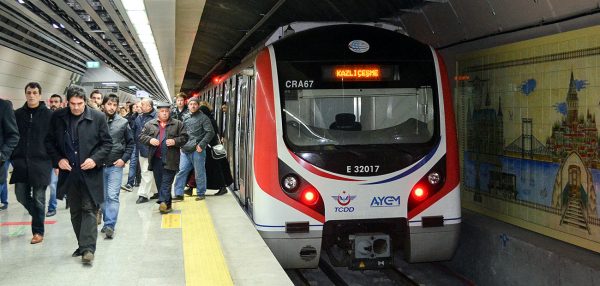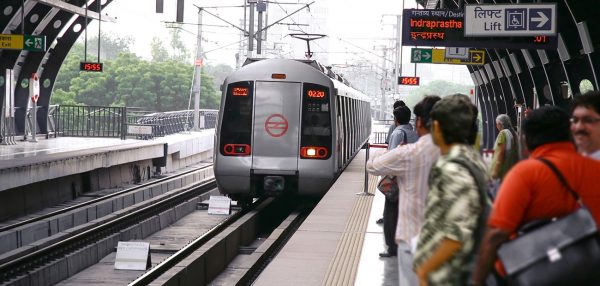Innovating Light Rail in Indonesia’s Megalopolis
Constructing LRT with innovative features
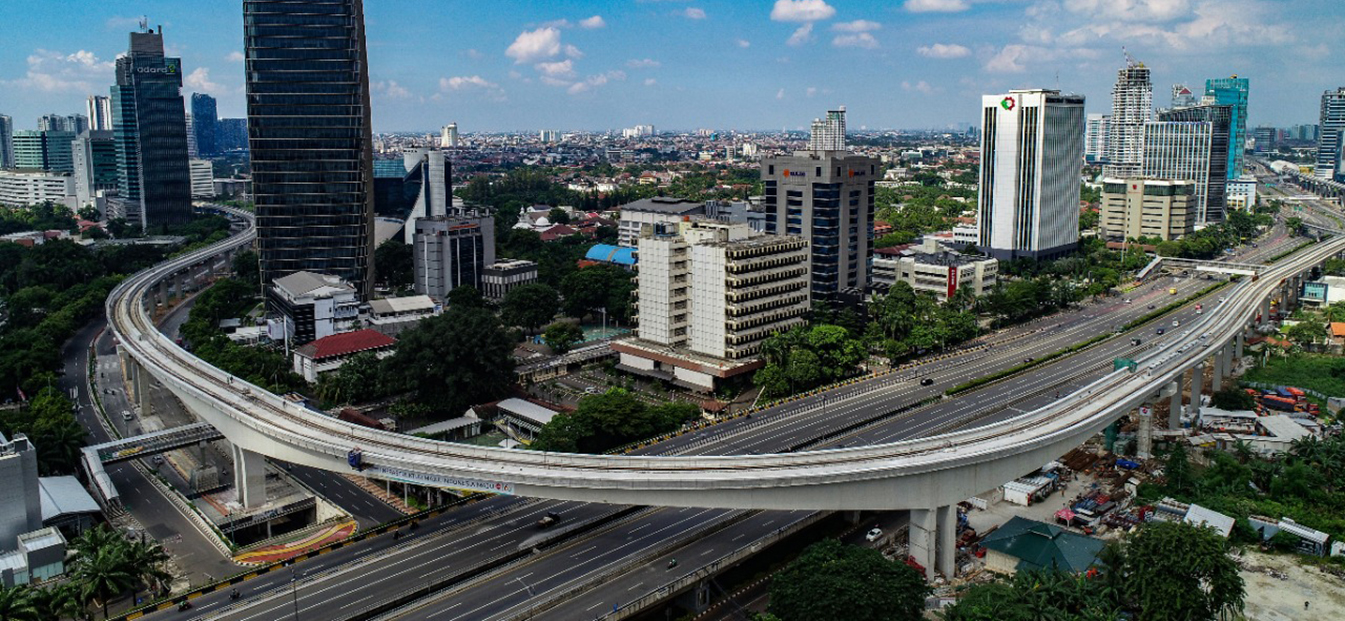
Challenge
Jakarta, the capital of Indonesia, and its surrounding metropolitan area (with an area of 5,844 square kilometers) have a population of over 25 million people, and are positioned as the center of the country’s political, economic, and social activities. The Jakarta metropolitan area suffers from serious transportation problems however, including chronic traffic congestion, inadequate public transportation, increased ownership of vehicles and motorcycles, delays in road expansion, air pollution, and increased traffic incidents.
To solve the aforementioned problems, there is an urgent need to develop a comprehensive and mass-transportation system with large transportation capacity, and President Joko Widodo implemented an executive order as a national strategic project. In September 2015, construction of a light rail transit system (Jabodebek LRT) with a total length of 44.41 km and 17 stations began in Bogor, Depok, and Bekasi, in Jakarta and West Java provinces. Three lines were constructed:
Line 1: Bogor Line (14.89 km, 4 stations) from Cawang Station to Harjamkuti station in Depok City, West Java;
Line 2: Dukuh Atas Line (11.03 km, 8 stations) from Dukuh Atas Station in Central Jakarta to Cawang Station in East Jakarta; and
Line 3: Bekasi Line (18.49km, 6 station) from Cawan Station to Jatimulya Station.
Under the train operation system, these three lines were then combined into two lines on the system, namely the Cibubur Line (Dukuh Atas–Harjamukti, Line 2 and 1) and Bekasi Line (Dukuh Atas – Jatimulya, Line 2 and Line 3).
A total of ten (10) long span bridges were constructed on the main line, including the Kuningan Bridge, which is said to have the longest span of the balanced cantilever bridge for a railway line in the world, with a maximum span of 148 m. All elevated sections of the main line, except for the long span bridges, have precast U-Shape Girders (30 m long) installed on the piers, and for the bearing between the piers and the girders, lead rubber bearings (LRBs) with seismic isolation structure are used, and there is no other example of this scale of LRBs being used on a railway bridge elsewhere in the world. Furthermore, it is also unprecedented for a railway project to adopt 1) clamping devices at the end joint of every 30 m U-Shape Girder to control track displacement caused by LRBs to sustain operations even in a 50-years return period earthquake, while simultaneously adopting 2) an SDAS (Seismic Detection & Alarm System) to detect the scale of an earthquake and to control the train operation system by applying Emergency Breaking in the event of an strong earthquake.
The vehicle operation system of the Jabodebek LRT is the first of its kind in Indonesia for the adoption of a GOA3 (Grade of Automation 3) autonomous driving level, which is driverless whilst an attendant is on board.
The design vehicle operation interval will be 6 minutes for Line 1 and Line 3, while 3 minutes for Line 2, where both Line 1 and Line 3 would be merged.
The LRT system was designed so that a total of 27 six-car train formations will always be in operation, and four-train formations will be on standby at the depot. There are 174 seats per train, and it is designed to accommodate up to 1,308 passengers full capacity, with Line 1 and Line 3 each carrying a maximum of about 20,000 passengers/direction/hour, and Line 2 carrying a maximum of about 35,000 passengers/direction/hour. The average speed during normal operation hours will be 50 to 60 km/h, while the maximum design speed will be 80 km/h.
Since the commencement of operations of the Jabodebek LRT on August 28th, 2023, the system has ran smoothly with 12 trains sets during the system fine-tuning period; and at the end of December 2023, the operator, KAI, announced that the number of passengers on the Jabodebek LRT increased 33 percent during the 2023 Christmas Holiday: in total, the Jabodebek LRT served 119,883 users during the period.
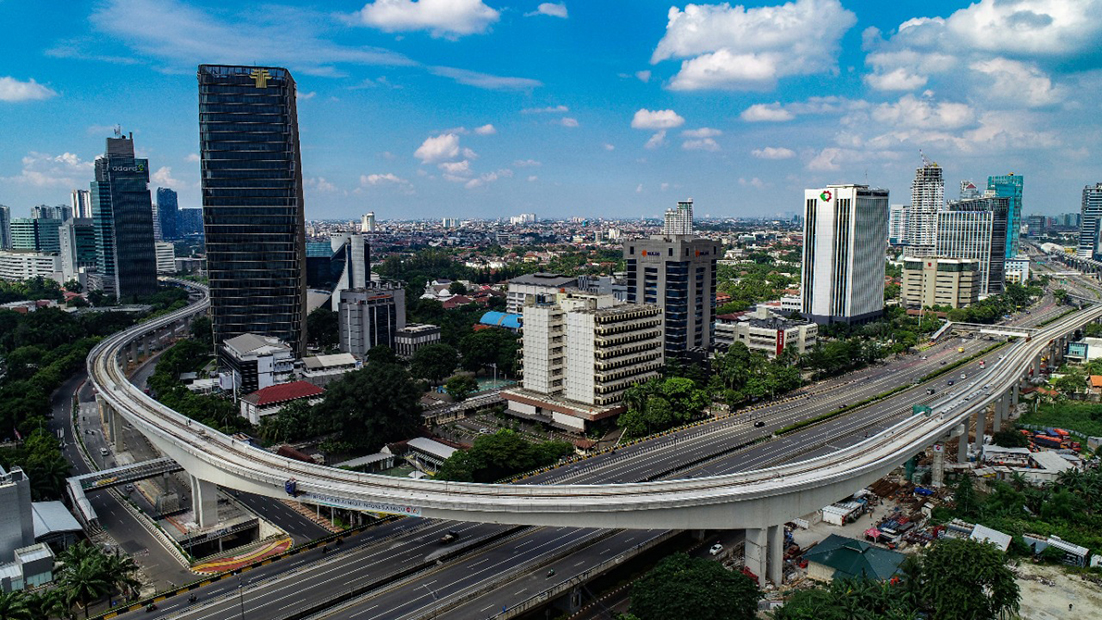
Services
OC Global engaged in Construction Supervision as Construction Management Consulting Services of the Jabodebek LRT. We assisted the Employer, the Director-General of Railways under the Ministry of Transportation (DGR), which consisted of DED (Detailed Engineering Design), Shop Drawings, As Built Drawing Review, Schedule Control, Project Cost Management, Contract Management, Quality Control, Safety Management, Environment, Monitoring, System Integration with Rolling Stock, Testing & Commission, and lastly, assist in the Hand over Process to the Operator, PT KAI.
As the leading member of the Construction Management Consultants Joint Venture, OC Global provided management and supervision for overall construction of the Jabodebek LRT, ensuring top-quality management and timely deliverables.
Our activities included:
-Civil structures (Viaduct, Elevated Stations, Depot etc.)
-Track work and alignment
-Power supply systems and substations
-Signaling and Telecommunication
-Train control systems
-Operation Control Center (OCC)
-Commissioning and trial runs
OC Global also worked as part of a Joint Venture for consulting services to assist DGR in developing its readiness to operate the line. The service aims to build organizational management capacity, enhance the profitability of the LRT business, and thereby secure the financial soundness and operational readiness of the operating company.
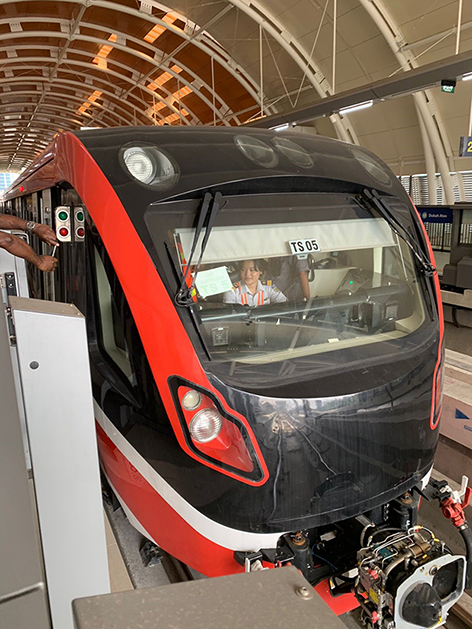
Award
ACECC Civil Engineering Project Award from the Asian Civil Engineering Coordinating Council during the 8th Civil Engineering Conference in the Asian Region (CECAR) held in Goa, India in September 2022.
Link
Location
Indonesia
Official Title
Jabodebek Light Rail Transit Construction Project
Project Type
Project Management
Client
Director-General of Railways under Minister of Transportation in Indonesia
Project Period
2015 – 2023


